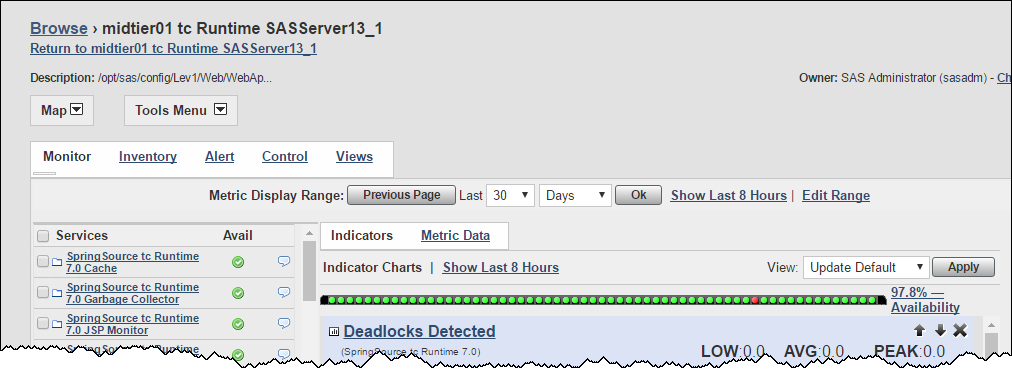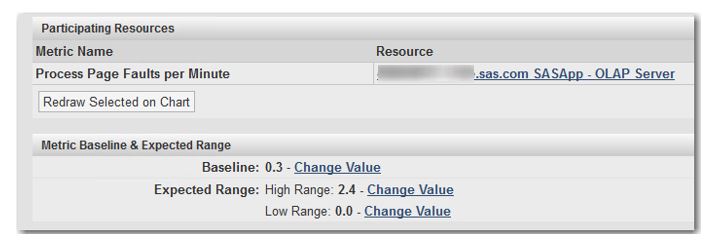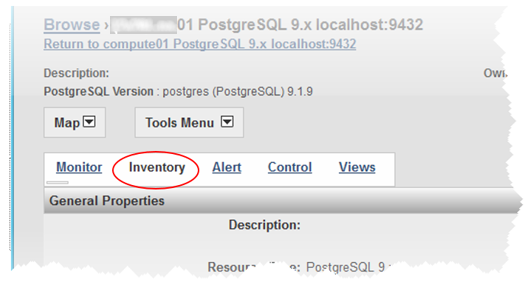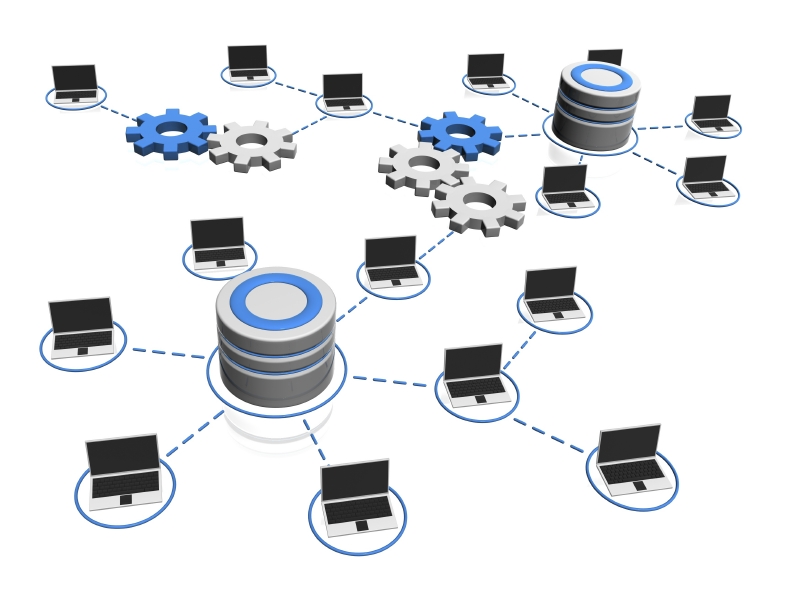
Since the SAS 9.4 M2 release in December 2014, there have been several refinements and updates to the middle tier that are of interest to installers and administrators. In this blog, I’m going to summarize them for you. What I’m describing here is available in the newest SAS release (9.4 M4). I’ll








